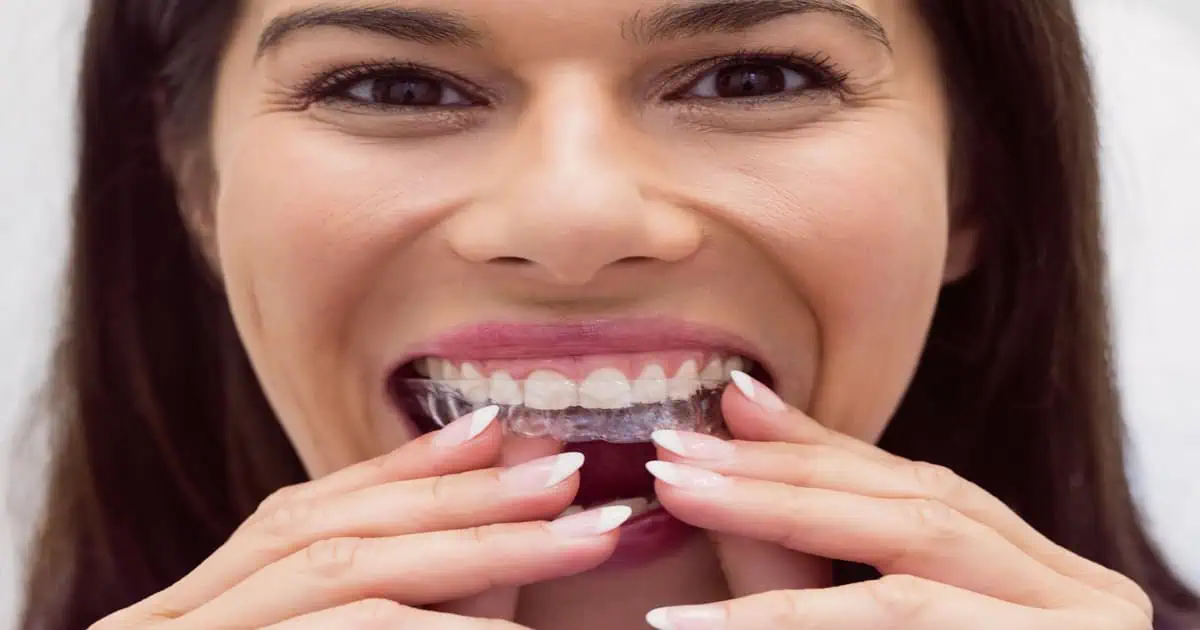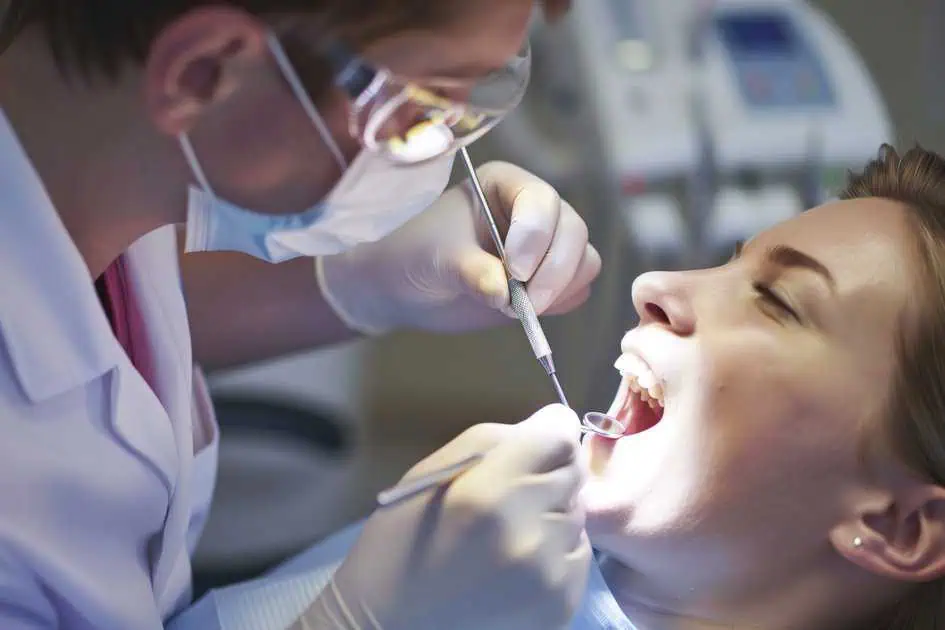At Windermere Dental & Medical Spa, we understand that pulling a tooth can be daunting. However, there are many situations where a tooth extraction is necessary for your overall oral health. This comprehensive guide will walk you through the extraction procedure, what to expect during and after, and how to ensure a smooth recovery.
What is Tooth Extraction?
Tooth extraction involves removing a tooth from its socket in the bone. In most cases, dentists or oral surgeons perform this procedure, which can be necessary for various reasons. The most common reasons for having a tooth pulled are tooth decay, trauma, overcrowding, infection, and gum disease.
Types of Tooth Extractions
There are two main types of tooth extractions:
- Simple Extraction: Simple extractions are performed on teeth visible in the mouth. In this procedure, a dentist loosens the tooth with an elevator instrument and removes it with forceps. This type of extraction is usually quick and straightforward, with minimal recovery time.
- Surgical Extraction: A surgical extraction is required when a tooth has broken off at the gum line or has not fully erupted, such as wisdom teeth. This procedure involves an incision of the gum to access and remove the tooth. An oral surgeon typically performs surgical extractions.
The Tooth Extraction Procedure
Preparation: Before the tooth extraction procedure, your dentist will examine the affected area to plan how to remove the tooth. You will also discuss your medical history, any medications you are taking, and any allergies you may have. This information helps ensure the procedure is safe and effective.
Anesthesia: Local anesthesia numbs the tooth area to ensure comfort during the procedure. For more complex extractions, sedation or general anesthesia may be used.
Removing the Tooth
Simple Extraction:
- Using an elevator, the dentist loosens the tooth.
- Forceps are then used to remove the tooth from its socket.
Surgical Extraction:
- An incision is made in the gum to access the tooth.
- The tooth may be broken into smaller pieces for easier removal.
- The tooth is removed, and the incision is stitched closed.
Post-Extraction Care
After the tooth extraction, you will be given aftercare instructions to promote healing. Following these instructions is crucial for a smooth recovery.
Aftercare for Tooth Extractions
Proper aftercare is essential to ensure a quick and uncomplicated recovery after having a tooth pulled. Here are some general guidelines to follow:
Immediate Care
- Bite on Gauze: After the extraction, a gauze pad will be applied. Bite down firmly to help stop the bleeding and form a blood clot. Keep the gauze in place for about 30-45 minutes.
- Ice Packs: Apply an ice pack to your cheek for 10-20 minutes to reduce swelling and discomfort.
- Rest: Avoid strenuous activities after the procedure to prevent excessive bleeding.
Pain Management
- Over-the-Counter Pain Relievers: Your dentist may recommend over-the-counter pain medications, such as ibuprofen, to manage pain and reduce inflammation.
- Prescribed Medications: Sometimes, your dentist may prescribe stronger pain medication or antibiotics to prevent infection.
Oral Hygiene
- Avoid Rinsing: Do not rinse your mouth vigorously for the first 24 hours to prevent the blood clot from dislodging.
- Gentle Rinsing: After 24 hours, rinse your mouth gently with a saltwater solution (1/2 teaspoon of salt in a glass of warm water) several times a day, especially after meals.
- Brushing and Flossing: Keep brushing and flossing your teeth, but avoid the extraction site to avoid irritation.
Diet and Hydration
- Soft Foods: For the first few days, stick to a diet of soft foods, such as yogurt, applesauce, and mashed potatoes. Gradually reintroduce solid foods as the extraction site heals.
- Hydration: Stay hydrated, but avoid sucking on a straw to avoid dislodging the blood clot.
- Avoid Smoking and Alcohol: Smoking and drinking alcohol after the procedure can interfere with healing and increase complications.
Recovery from Tooth Extraction
The recovery period following a tooth extraction varies depending on the complexity of the procedure and your overall health. During recovery, you can expect the following:
First 24 Hours
- Bleeding: It is normal to experience some bleeding for the first few hours after the extraction. Change the gauze as needed, and avoid excessive spitting to prevent disturbing the blood clot.
- Swelling and Discomfort: These symptoms are common. Use ice packs and take prescribed or over-the-counter pain medications as directed.
2-3 Days Post-Extraction
- Reduced Swelling: Swelling should begin to subside after the first 48 hours. Continue using ice packs as needed.
- Improved Comfort: Pain and discomfort should gradually decrease. Contact your dentist if the pain persists or worsens.
1 Week Post-Extraction
- Stitches Removal: If you had a surgical extraction with stitches, your dentist might remove them after about a week, or they may dissolve independently, depending on the type used.
- Follow-Up Appointment: Attend any scheduled follow-up appointments to ensure proper healing.
Long-Term Recovery
- Complete Healing: The extraction site should fully heal within a few weeks. Continue to follow your dentist’s aftercare instructions and maintain good oral hygiene.
- Bone Healing: The bone where the tooth was removed will continue to heal and reshape for several months.
Potential Complications
While tooth extractions are generally safe, complications can occur. Contact your dentist if you experience any of the following:
Dry Socket
The blood clot at the extraction site becomes dislodged or dissolves before the wound heals. The result can be severe pain and a delay in healing. Symptoms include:
- Severe pain a few days after the extraction
- Visible bone in the socket
- A bad taste or odor in the mouth
Infection
An infection can develop if bacteria enter the extraction site. Symptoms of infection include:
- Increased pain and swelling
- Fever
- Pus or discharge from the extraction site
- Redness and warmth around the area
Prolonged Bleeding
If bleeding continues beyond 24 hours or is heavy, contact your dentist. Prolonged bleeding may require additional treatment.
Nerve Injury
In rare cases, nerve injury can occur in the lips, tongue, or chin during extraction. This condition can sometimes be permanent, but it is usually temporary.
When to Contact Your Dentist
It’s important to monitor your recovery and contact Windermere Dental & Medical Spa if you experience any of the following:
- Severe or worsening pain
- Persistent or heavy bleeding
- Signs of infection (fever, pus, increased swelling)
- Difficulty swallowing or breathing
- Numbness or tingling that persists
Conclusion
Pulling a tooth is a common dental procedure that greatly benefits oral health. Understanding the tooth extraction process, following proper aftercare instructions, and knowing what to expect during recovery can help ensure a smooth and successful outcome. Windermere Dental & Medical Spa provides the highest level of care and support throughout your extraction journey.
If you have any questions or need to schedule a tooth extraction, contact Windermere Dental & Medical Spa today. Our experienced staff will guide you through every step of the process, ensuring your safety and comfort.







